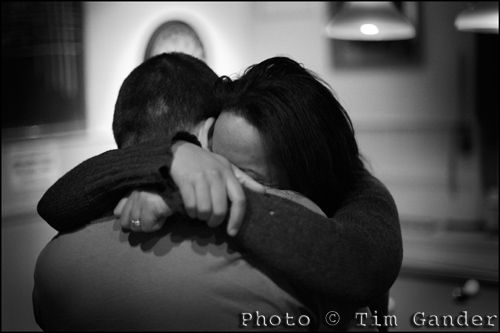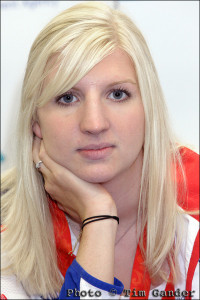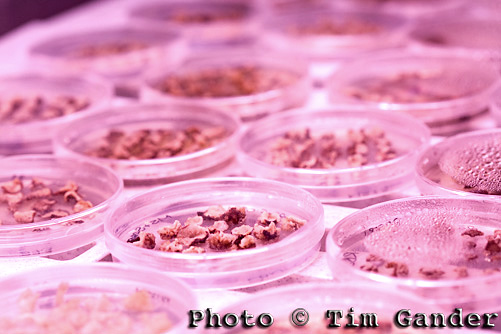The internet is crammed to the gills with photos. It’s like a gigantic, dusty attic, stuffed with boxes and boxes of malingering prints, negs and trannies (not that kind, you bizarre people) that were looked at and maybe admired once, and now sit there going curly at the corners, the colours fading, the mildew gradually engulfing them, while some unseen hand throws ever more photos in through the hatch, thousands at a time.
Well ok, the internet doesn’t suffer mildew, and digital pictures don’t fade, though perhaps one day they’ll become unreadable by computers, but I’d bet you a Great British Pound that 99.9999% of photos online get looked at a few times, and are now being seen by no one.
Sites like flickr, deviantart, facebook and myspace host millions of photos taken and shared by members of the public. Some of these sites allow comments and ratings, and the words I see again and again within the comments are “great”, “brilliant”, “awesome”. But what do these words mean any more? They’re used so casually to describe the attributes of the photos (and in the case of deviantart, usually the attributes of the nude model in the photo) that these words have lost all currency.
There are great photos that many of us will be familiar with; from the First World War to current conflicts. The Farm Security Administration project, carried out during the Great Depression in America in the 1930s and 40s was a rich source of photos which bear scrutiny and critical acclaim today.
Not all great pictures have been taken in conflict and famine. Helmut Newton, Henri Cartier-Bresson, Larry Benson, Man Ray, were working in studios and peaceful locations, but still managed to produce iconic work. Awesome might be too gushing, and I’ll punch anyone who says “great capture”.
And I’m sorry if my article is a little thin on jokes this week, but I do wonder what we think a great picture is now? Why say a picture is great, when what we actually mean is it’s just nice? Yes, that word which damns with feint praise, but it’s mostly true, because surely for a photo to be truly great, it has to have a resonance beyond a few dozen, hundred or even thousand people looking at it on their computer screens for 15 seconds while they sip a cappuccino before clicking onto the next photo or back to facebook. To be truly great, I say a photo has to distill something of its time. It must transcend all the barriers that prevent an OK photo from becoming an icon.

A nice photo, but not much resonance beyond its fine black border.
Perhaps you’ll think I’m being too hard on current photography and photographers, but I’m actually being quite hard on myself. I don’t believe I have ever taken a truly Great photo in my 20+ year career. There are other photographers, some thankfully still alive and working, who have taken dozens, even hundreds of photos which are truly great because of what they say and their ability to convey a message and emotion to the viewer, and unlike so much flickr fodder, tell us something fundamental about the human condition, and will tell us something substantial about our times in decades to come.
Perhaps I’m being harsh on the digital photography culture, but my fear is that in the tsunami of digital images, we’ll lose sight of what really great photography looks like. In a world where millions of photos are described as great, great becomes average, and we surely need to keep a separation between the great, and the merely good.



